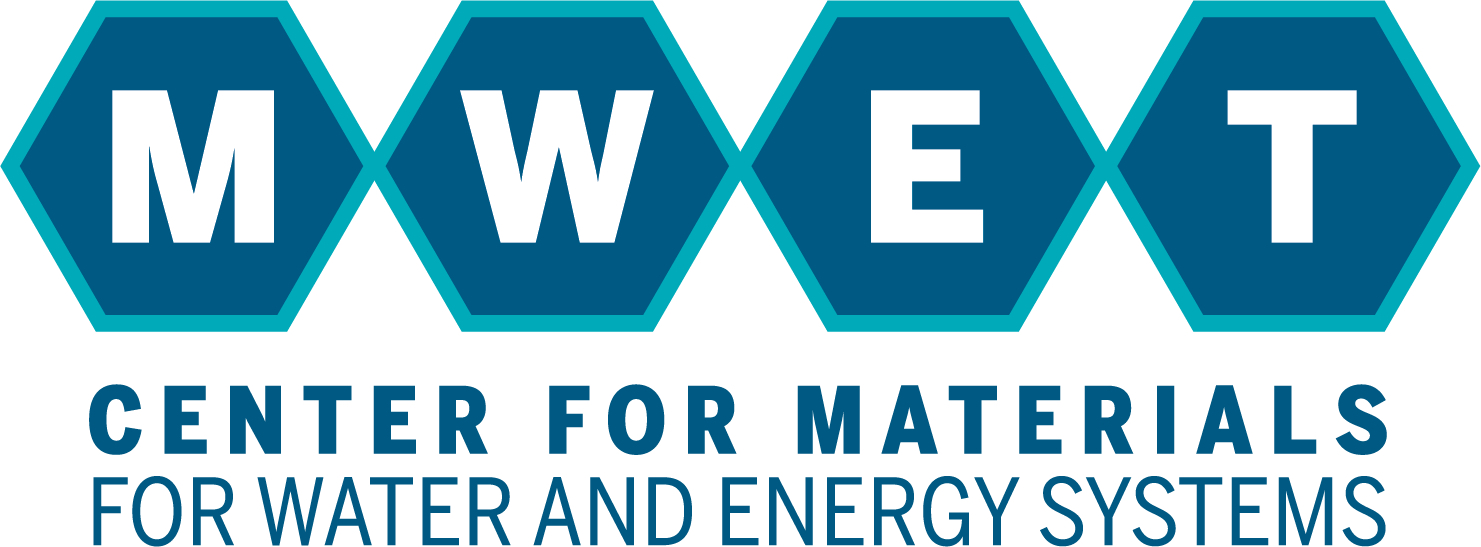
In this lecture, Dr. Asatekin describes how her group's membrane research can lead to the broader use of membranes and solve some of the insufficient selectivity and/or fouling limitations of membranes.
September 20, 2024, 1:00 - 2:00pm CDT, EER 3.646 or by Zoom 8286857838
Abstract
Next Generation Membranes Through Polymer Self-Assembly
Membranes offer a highly energy-efficient, simple, scalable separation method for many applications, but their broader use is limited by insufficient selectivity and/or fouling. Commercial membranes cannot separate small molecules of similar size in the liquid phase based on their chemical properties. We aim to develop new polymer membranes that accomplish this by self-assembling into structures that mimic biological pores (e.g., ion channels, porins): Constricted < 5 nm pores that confine permeation, lined with functional groups that interact with the target during passage. Zwitterionic amphiphilic copolymers (ZACs), synthesized from a hydrophobic and a zwitterionic monomer, form self-assembled zwitterionic domains that act as a network of nanochannels for water permeation. The effective pore size of ZAC-based thin film composite (TFC) membranes can be tuned between 0.9-1.5 nm by controlling polymer chemistry and cross-linking. Interestingly, ZAC-based membranes with the smallest pore sizes (~0.9 nm) exhibited unprecedented selectivity between equally charged anions (e.g. Cl-/F-), arising from zwitterion-ion interactions, further emphasized through nanoconfinement. This opens the door to membranes with novel selectivity between molecules and ions of similar size and charge, mediated through channel-solute interactions. More recently, we have been exploring new avenues to prepare membranes with the self-assembled nanopores and fouling resistance of ZAC-based membranes, but expand the range of separations accessible. For example, we have developed amphiphilic polyampholytes (APAs), where hydrophobic, anionic, and cationic monomers form a random/statistical terpolymer that is insoluble in water. This approach allows access to a very broad array of functional groups lining the effective nanopores of these membranes, opening the door for complex separations.
Biography
Ayse Asatekin is an associate professor in the Chemical and Biological Engineering Department at Tufts University, and Steve and Kristen Remondi Faculty Fellow. She received bachelor's degrees in chemical engineering and chemistry from the Middle East Technical University (METU) in Ankara, Turkey.
She went on to receive her Ph.D. through the Program in Polymer Science and Technology (PPST; now PPSM) at MIT. She pursued her post-doctoral work with Prof. Karen K. Gleason, also at MIT. She co-founded Clean Membranes, Inc., a start-up company that commercialized a membrane technology that she began developing during her doctoral research, and worked as its Principal Scientist before joining the Tufts faculty in 2012. Novel zwitterionic membrane technologies developed in her lab are currently commercialized by ZwitterCo, Inc., where she serves as the Senior Scientific Advisor. She is a Senior Member of the National Academy of Inventors, and the recipient of the NSF CAREER Award, Massachusetts Clean Energy Council's Catalyst Award, and the Tufts University Rising Innovator of the Year Award. Her research interests are in developing novel membranes for clean water and energy-efficient separations through polymer self-assembly. She is also interested in multi-functional membranes, controlling surface chemistry for biomedical applications, polymer science, and energy storage.

